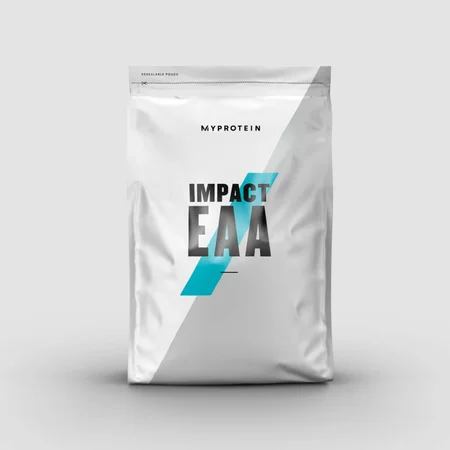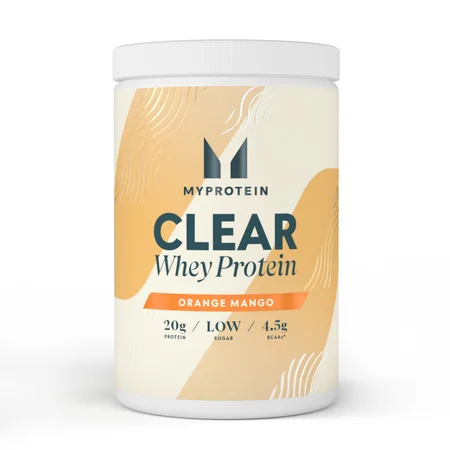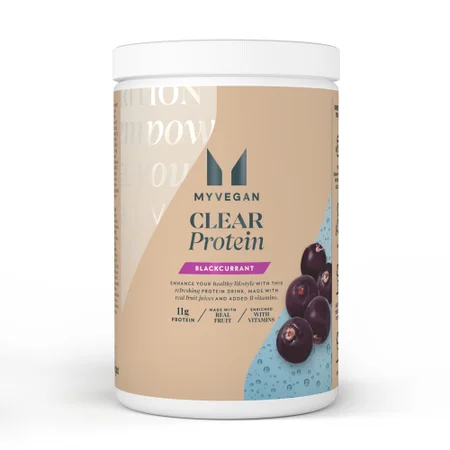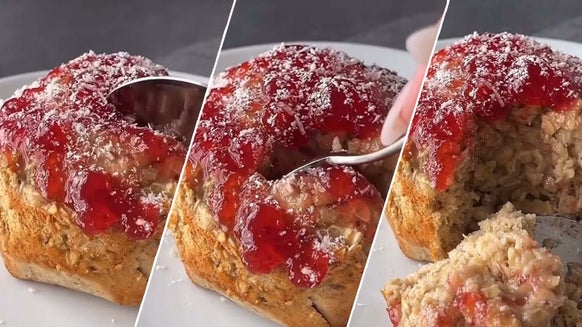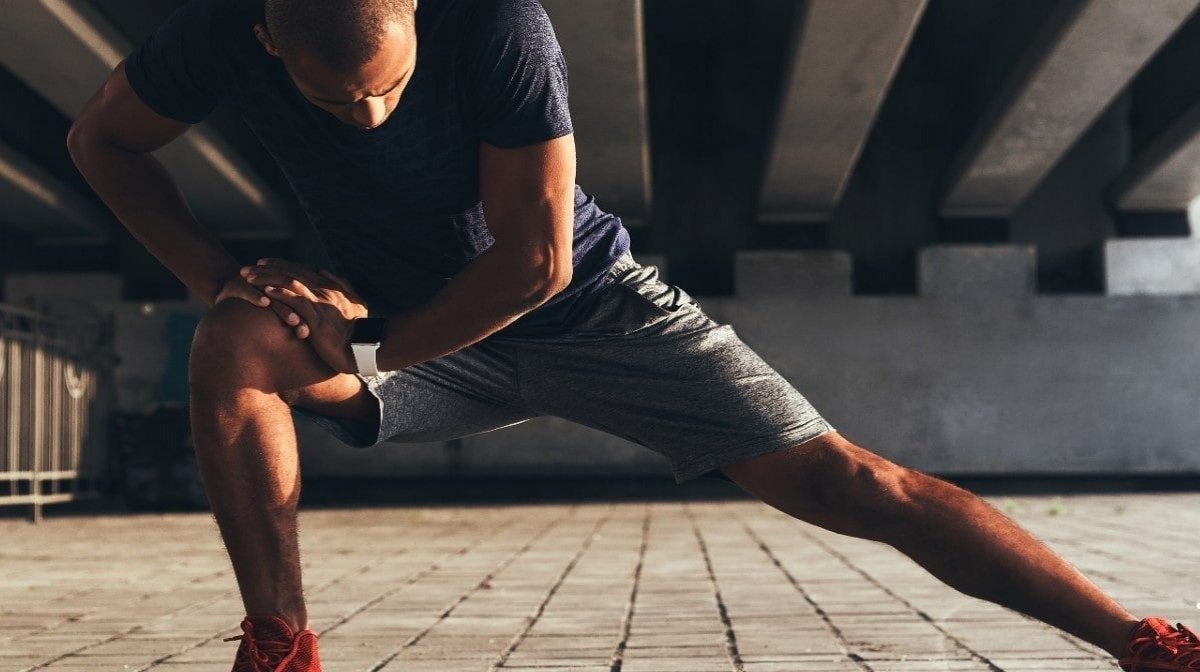
We’ve all been guilty of running out of the gym as soon as we set the weights down. If you’re super busy and just don’t feel like a cool down is worth your time, then we totally understand.
But what are the repercussions of skipping out on a good stretch? Should you be factoring in some time to cool down after your ‘main’ session? Let’s find out.
What defines a proper cool down?
Cooling down is quite self-explanatory — it’s the period of time after you have exercised where you perform either active or static exercises in an attempt to decrease your heart rate and stretch your muscles.
Cool down exercises are defined as light exercise that helps your body transition from working hard to resting. 1. The proposed purpose of cooling down after exercise is to allow your heart rate and breathing to return to normal and to promote relaxation.2
So, whether it’s a few minutes walking on the treadmill after some intervals, or a good stretch of those hamstrings after your deadlifts, a cool down is often seen as the start of your post-workout recovery.
Is it important?
The evidence for this is as indecisive as a kid in a sweet shop. However, based on what’s currently available, active cool downs are largely ineffective for post-exercise recovery. This is pretty surprising, right?
What this really means, though, is that it completely depends on how you’ve been exercising and so a cool down may nevertheless offer some benefits, especially when combined with static stretching and foam rolling.3
Ah, the dreaded foam roller. If you love inflicting pain on tired muscles, then it’s there for you. We know that foam rolling after a tough session is painful, but the evidence is promising in promoting recovery.4 That basically means that if you feel like you need it, then you should absolutely do it (even if you hate every minute).
So, we’ve gathered that while painful, a good stretch and roll out has its place, but which specific workouts are a cool down good for? When looking at different types of sports, research has found that in endurance sports such as marathon running, cooling down may be especially important.5
When it comes to endurance sports, it’s said to help regulate blood flow throughout the body after a session which helps the muscles recover after working hard.
So, you’ve done your workout and endured a cool down, so your muscles should feel limber and ready to go again the next day, right? Wrong. The annoying part is that while cooling down may help you improve your flexibility, it doesn’t appear to completely prevent muscle stiffness and soreness after exercise, but more research is needed.6
So, why cool down then?
The consensus is still swaying towards yes. Some proposed benefits of active cool downs combined with static stretching and foam rolling include:
1. Prevention of injuries. 7
2. Helps to remove lactic acid.
3. Reduces potentially delayed onset muscle soreness (DOMS).
4. Allows the heart rate to gradually return to resting heart rate.
Now, weighing up the pros and cons, we would say it’s definitely worth spending an extra 10 minutes allowing the heart rate to settle whilst stretching out those muscles.
Anyone who has ever suffered an injury will tell you it’s worth avoiding at all costs, so if a cool down is what it takes, then we’re on board.
Get your stretch on
It’s a good idea to stretch when you’re cooling down because your limbs, muscles, and joints are still warm.
Warm muscles = increased blood flow to them.
Stretching can help reduce the build-up of lactic acid (that burning sensation in your limbs when you’re sprinting), which can lead to muscle cramping and stiffness. So, ideally, you really want that nasty lactic acid to be out of your muscles as soon as possible after a workout. 8
Try this:
1. Whatever exercise you are doing, let’s say for example you are running, for the last 5 minutes, gradually decrease the speed and walk, (ideally heart rate below 120 beats per minute).
2. Once you've stopped, hold each stretch for 30 seconds. (The stretch should never be a sharp shooting pain; this is a sign to stop). Don’t bounce as this doesn’t allow the muscle to relax and stretch out.
3. Don’tforget to breathe. Breathing enables more oxygen to get to your muscles, allowing a quicker relaxation time.
4. Always hydrate after your session, small sips of cool water will decrease your body temperature and allow you to replace the fluids lost through sweat.
Take home message
Although the evidence seems to be controversial with cool downs (especially active cool downs), we can’t deny the proposed benefits are still there. Take 10 minutes out of your session to bring down the speed and intensity of the movement and end with some longer stretches while bringing your breathing under control.
It’s still a great way to finish up, even if it’s just to take time to celebrate a good workout!
READ THIS NEXT:

1. Physical Activity Guidelines for Americans. 2nd ed. U.S. Department of Health and Human Services. Accessed May 6, 2019.
2. Physical Activity Guidelines for Americans. 2nd ed. U.S. Department of Health and Human Services. Accessed May 6, 2019.
3. Van Hooren B, Peake JM. Do We Need a Cool-Down After Exercise? A Narrative Review of the Psychophysiological Effects and the Effects on Performance, Injuries and the Long-Term Adaptive Response. Sports Med. 2018 Jul;48(7):1575-1595.
4. Van Hooren B, Peake JM. Do We Need a Cool-Down After Exercise? A Narrative Review of the Psychophysiological Effects and the Effects on Performance, Injuries and the Long-Term Adaptive Response. Sports Med. 2018 Jul;48(7):1575-1595.
5. Physical Activity Guidelines for Americans. 2nd ed. U.S. Department of Health and Human Services. Accessed May 6, 2019.
6. Physical Activity Guidelines for Americans. 2nd ed. U.S. Department of Health and Human Services. Accessed May 6, 2019.
7. Van Mechelen, W., Hlobil, H., Kemper, H. C. G., Voorn, W. J., & de Jongh, H. R. (1993). Prevention of running injuries by warm-up, cool-down, and stretching exercises. The American Journal of Sports Medicine, 21(5), 711–719.
8. Warm up, cool down. American Heart Association. Accessed May 6, 2019.
